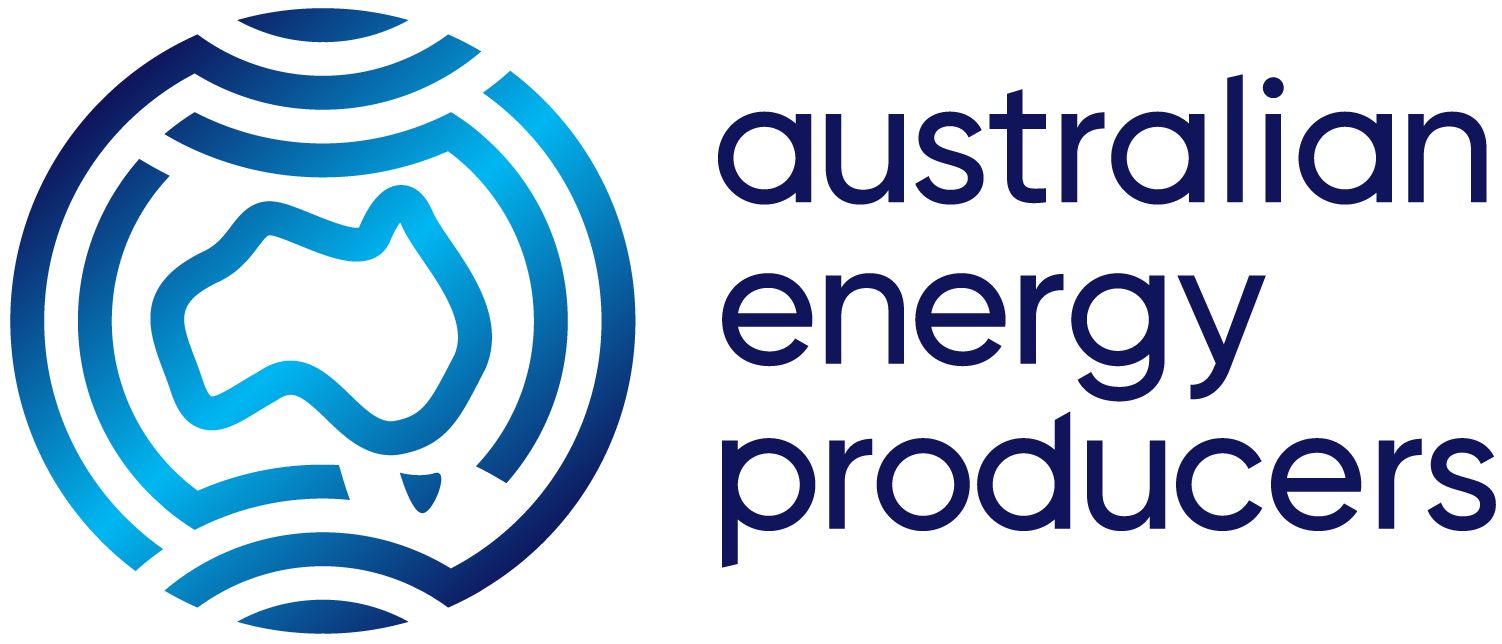15 Dec 2022
Media release: New natural gas supply key to WA economy and a cleaner energy future
The 2022 Western Australia Gas Statement of Opportunities (GSOO) released today underscores the importance of bringing new gas supply to market to power WA’s growing resources industry and support the South West electricity system as coal-fired power is phased out.
The GSOO report said that demand for gas generation in the South West Integrated System (SWIS) is forecast to grow from 127 terajoules (TJ) per day in 2023 to 304 TJ per day in 2032 as state-owned coal fired power stations are retired and alternative generation is required, only part of which is filled by renewables.
Committed new resources projects in WA’s mining and minerals processing sector are also expected to add 43 TJ/day to gas demand by 2026. Overall, WA domestic gas demand is forecast to increase from 1,099 TJ/day in 2023 to 1,278 TJ/day in 2032, at an average annual rate of 1.7%.
Claire Wilkinson, APPEA Director – WA said: “The GSOO reinforces the critical role of natural gas in WA’s economy, particularly in providing reliable energy to the resources sector, and in supporting WA’s broader energy transition as renewable energy generation increases.
“The ability of natural gas to facilitate emissions reduction, such as assisting WA to phase out coal generation and supporting the uptake of renewable energy, means new and ongoing supply is needed.”
WA is the largest consumer of natural gas in Australia, consuming almost as much gas as Queensland, New South Wales and Victoria combined – largely driven by the mining and minerals sector.
As outlined by EnergyQuest, Western Australia also has the lowest gas prices in the OECD.
“For WA to continue the good fortune it has of ample resources and affordable energy prices, we must continue to explore for and develop new gas supplies,” Ms Wilkinson said.
“But good fortune alone won’t get us there. We need efficient project assessment and approvals which we simply don’t have with prospective developments literally taking years to get all their approvals in place.
“What industry needs is an expedited approvals system, similar to the recent announcement for green energy, so that sufficient natural gas supplies are available to support the future growth of renewable energy and ensure Western Australia’s energy requirements are met,” Ms Wilkinson said.
The GSOO report shows that gas supply and demand in WA is finely balanced over coming years with demand to marginally exceed potential supply between 2023 and 2026 in the ‘base’ case scenario.
The GSOO report outlines several solutions available to ensure the market is balanced, including drawing from WA’s existing gas storage, which can deliver up to 210 terajoules (TJ) per day (significantly higher than would be required to ensure the market is balanced), increasing production from existing gas plants, and developing gas fields not currently included in the forecasts, such as Corvus, Lockyer Deep and South Erregulla.
Read this release as a PDF

